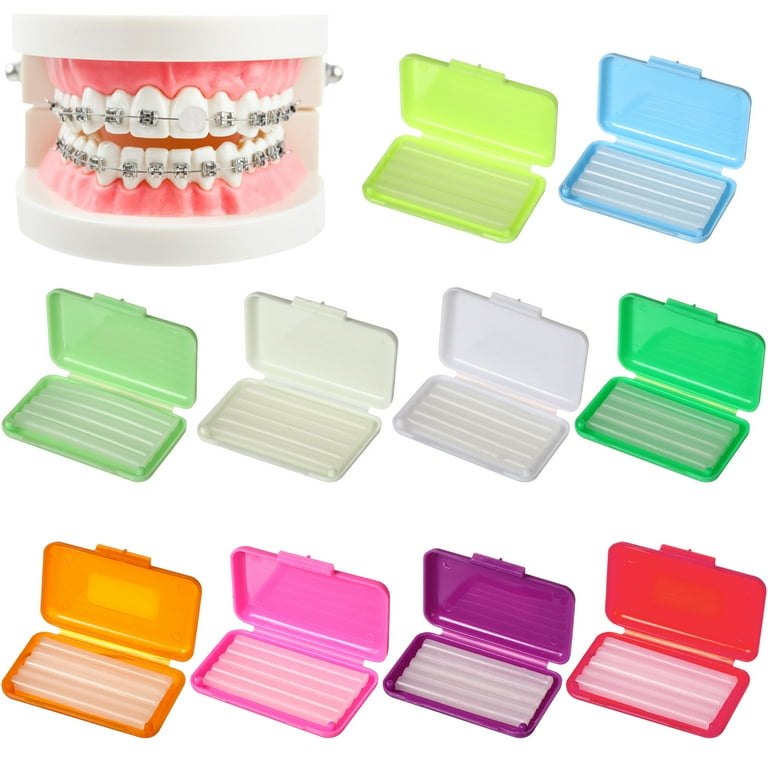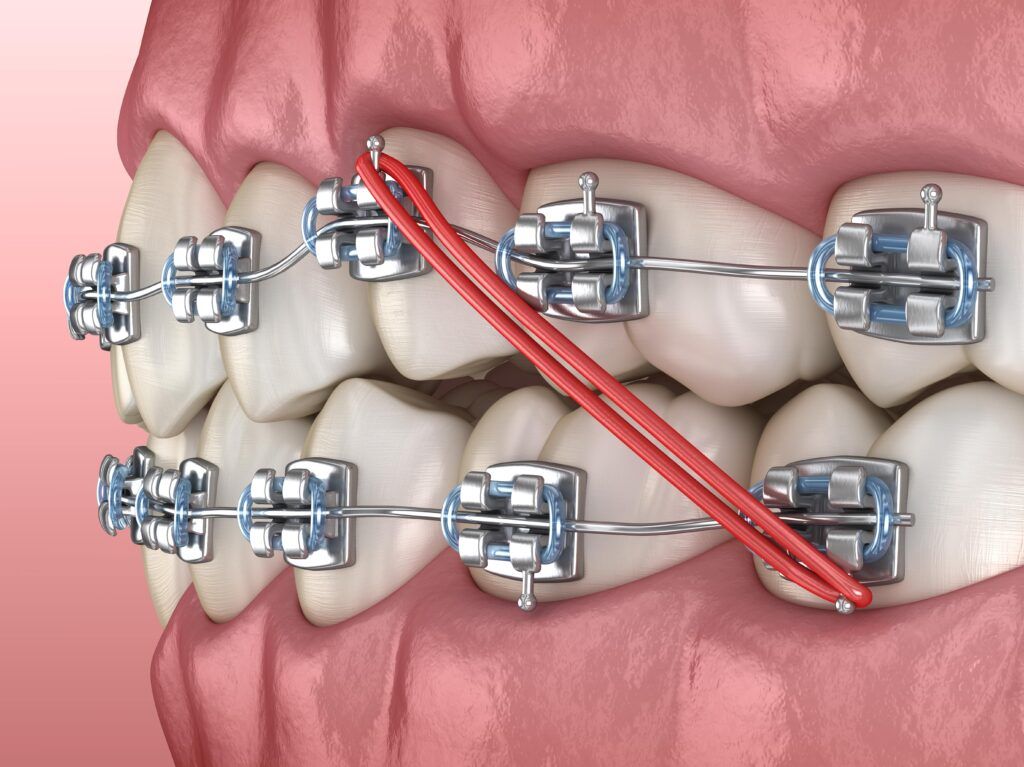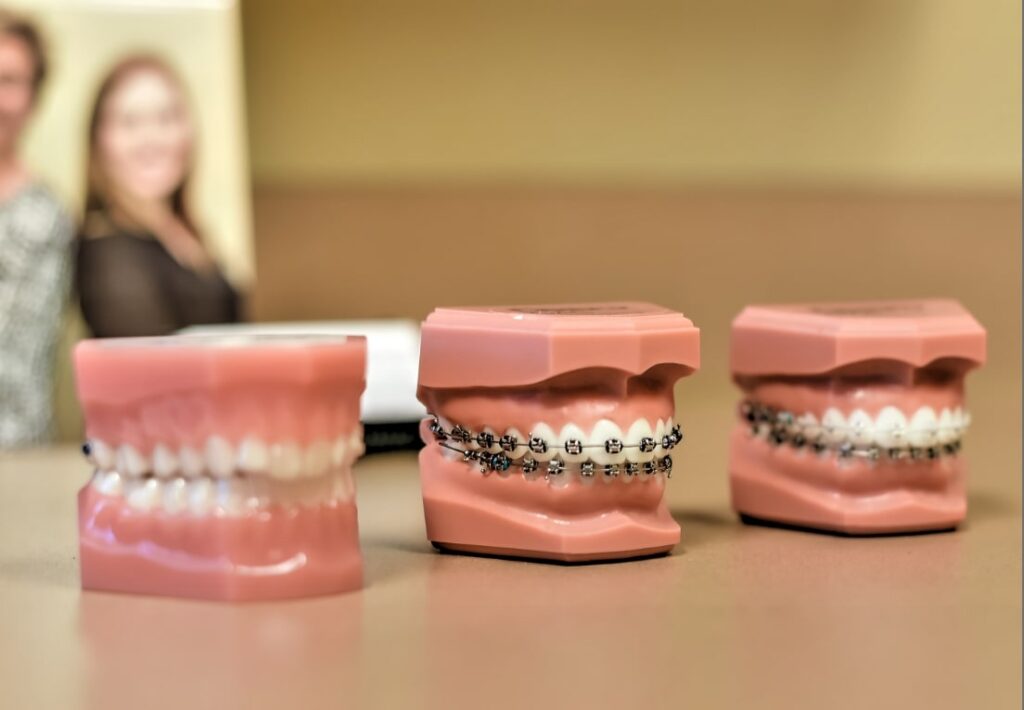Why Cumming Invisalign is the Perfect Choice for a Discreet Orthodontic Solution
Why Cumming Invisalign is the Perfect Choice for a Discreet Orthodontic Solution
Blog Article
Comprehensive Guide to Orthodontics Treatments for Correcting Dental Imbalances
In the world of orthodontics, the journey to attaining a completely aligned smile includes a myriad of treatments tailored to fix oral misalignments. From conventional braces to invisible aligners and also surgical options, the area of orthodontics offers a variety of services to address differing levels of oral abnormalities. Understanding the complexities of each procedure, including their mechanisms, benefits, and possible disadvantages, is vital in making educated decisions about one's orthodontic treatment. As we browse via the thorough overview to orthodontic treatments for dealing with oral imbalances, the intricate details of each approach will unfold, clarifying the path towards a useful and harmonious dental alignment.
Orthodontic Procedures Summary

Along with standard braces and clear aligners, orthodontists might also suggest various other interventions like headgear, palatal expanders, or retainers to attend to details placement problems (cumming aligners). These procedures are tailored to every patient's distinct requirements and might involve a combination of treatments to achieve the wanted outcomes. Regular modifications and monitoring are important components of orthodontic treatment to guarantee progress gets on track and to make any kind of essential alterations in the process. By undertaking orthodontic procedures, individuals can not only accomplish a straighter smile however additionally enhance their overall oral health and function.
Conventional Braces: Just How They Work
When thinking about orthodontic therapies for oral misalignments, conventional braces stand out as a reliable approach for dealing with teeth placing. Conventional braces are composed of braces, cables, and bands that work together to apply constant stress on the teeth, gradually relocating them into the wanted placement.
As stress is used to the teeth through the braces, the bone surrounding the teeth is improved to sustain the new tooth positions. Patients will need normal adjustments at the orthodontist's office to make certain the braces continue to use the correct pressure for efficient teeth motion.
Unnoticeable Aligners: Cons and pros
These clear, personalized trays are virtually invisible when worn, making them an attractive choice for people seeking an extra cosmetically pleasing orthodontic treatment. Individuals can get rid of the aligners prior to consuming or cleaning their teeth, minimizing the threat of food obtaining stuck in the home appliance and streamlining the cleansing procedure.

Surgical Orthodontic Options
Surgical interventions in orthodontics present practical choices for addressing complex dental imbalances that may not be properly solved with traditional orthodontic therapies. While standard dental braces and unseen aligners can deal with lots of orthodontic concerns, particular situations call for surgical treatment to attain optimum results. Surgical orthodontic alternatives are generally recommended for severe malocclusions, considerable jaw disparities, and cases where the underlying bone structure requires alteration to attain proper alignment.
One typical medical orthodontic procedure is orthognathic surgical procedure, which involves rearranging the jaws to fix functional problems such as trouble eating or talking. This surgery is frequently executed in collaboration with an orthodontist who aids straighten the teeth prior to and after the procedure. Surgical orthodontics may likewise involve procedures to subject affected teeth, eliminate excess periodontal cells, or improve the jawbone to create a more unified facial account.
Prior to considering surgical orthodontic options, individuals go through a comprehensive assessment to identify the necessity and prospective benefits of such click to investigate interventions. orthodontics. While surgical procedure might seem daunting, it can considerably boost both the function and aesthetics of the smile in instances where conventional orthodontic treatments fail
Retainers and Post-Treatment Treatment

Post-treatment care includes following the orthodontist's directions vigilantly. This may consist of proper dental hygiene practices, going to follow-up visits, and putting on the retainers as prescribed. Failure i was reading this to adhere to post-treatment treatment directions can lead to regression, where the teeth gradually relocate back in the direction of their initial placements. Consistent retainer wear, excellent dental hygiene, and regular dental exams are essential for keeping the results attained with orthodontic surgical treatment and ensuring the long-lasting stability of the fixed oral alignment.
Conclusion
In verdict, orthodontic treatments offer different alternatives for correcting oral imbalances. Surgical orthodontic choices are readily available for much more extreme imbalances. Generally, orthodontic treatments can effectively improve dental health and wellness and visual appearance.
As we navigate via the thorough overview to orthodontic procedures for remedying oral misalignments, the complex information of each approach will certainly unfold, shedding light on the path towards a functional and harmonious dental placement. - aligners
One of the most common orthodontic therapies is the use of dental braces, which are composed of steel braces and wires that use mild pressure to gradually change teeth right into the preferred placement.When considering orthodontic therapies for oral misalignments, traditional braces stand out as a tried and true approach for fixing teeth positioning. In addition, undetectable aligners may not be suitable for complex orthodontic problems that need even more significant teeth activity, as they are typically suggested for mild to moderate cases. Retainers are customized orthodontic devices developed to hold teeth in their corrected placements after the completion of orthodontic treatment.
Report this page